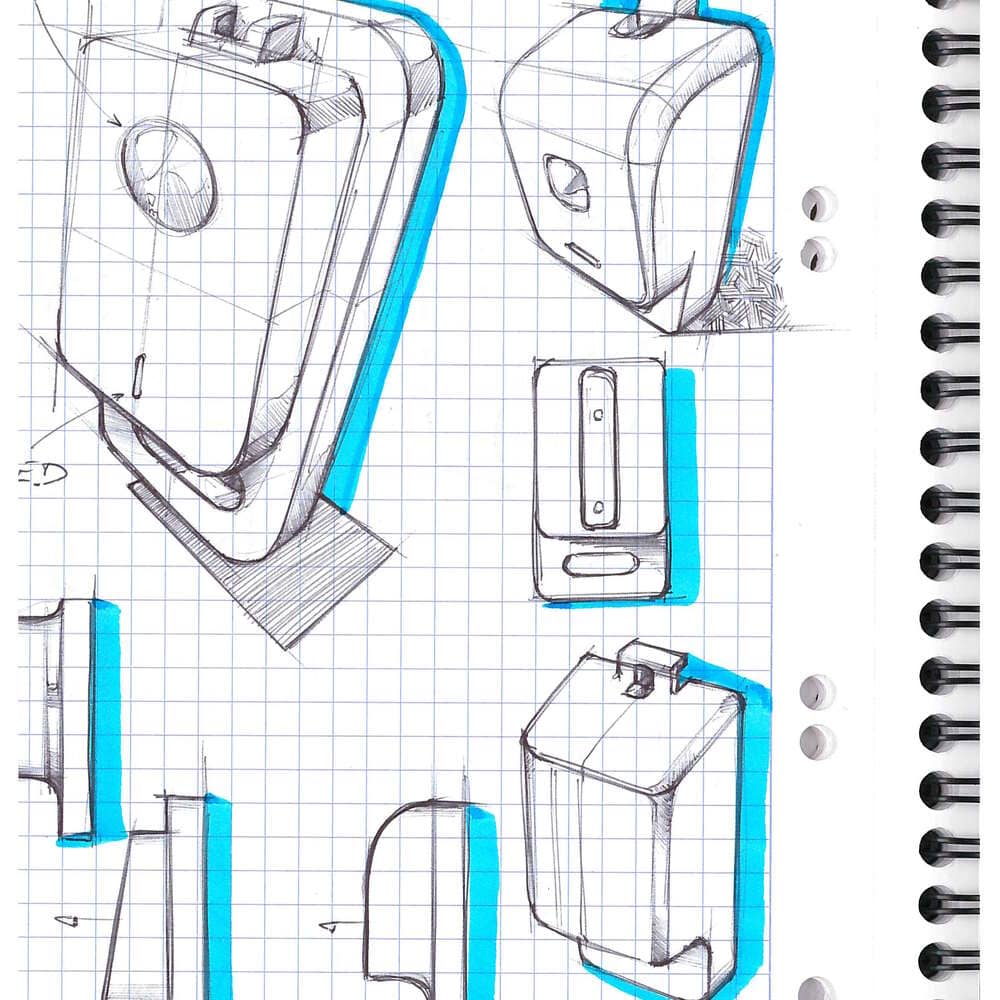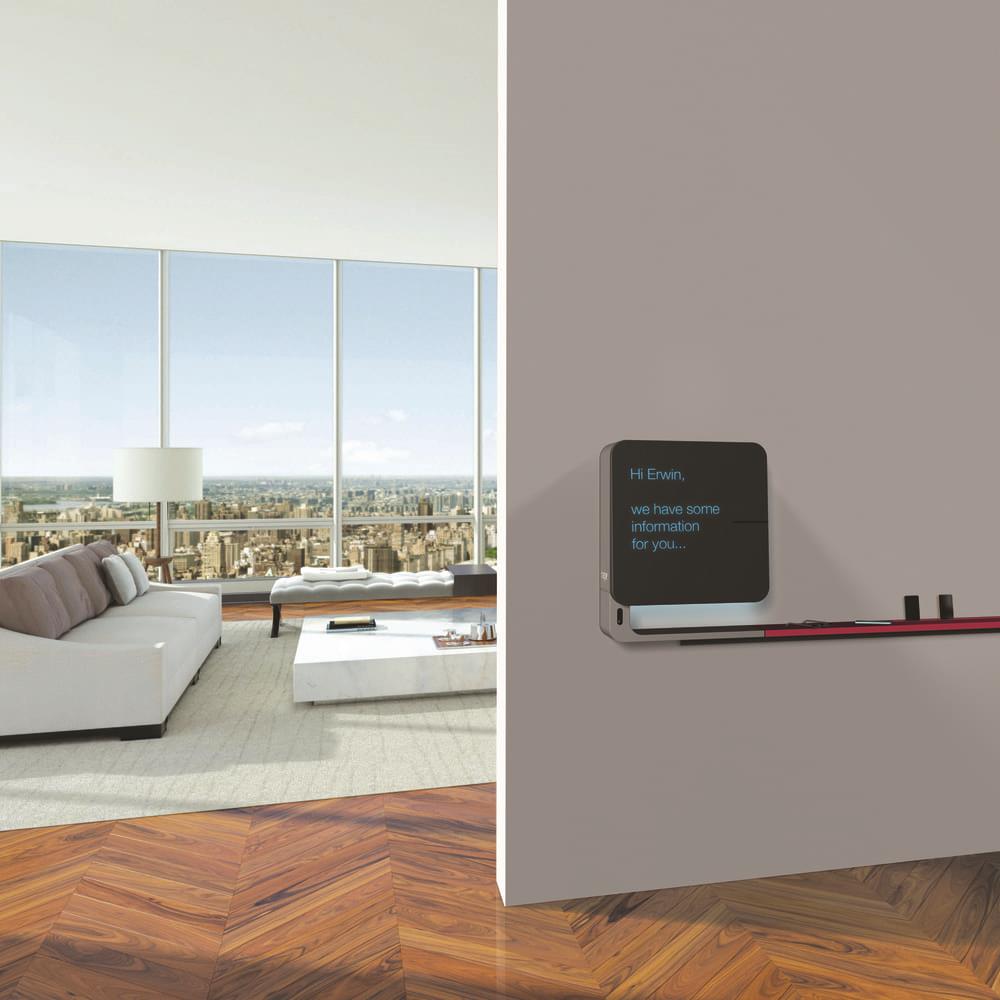Electricity, at home and abroad

"This world of electricity is a local, national and regional story"
Getting switched on
Perhaps you might recall going on holidays as a kid and noticing how different, just like the food, the light switches were? If that’s the case, then you’ll have touched on a story that goes further back in time and across more geographies than you might think. That odd looking switch you remember was a reflection of a culture, the know-how belonging to that culture and all the various elements that made its electricity unique.
For simplicity purposes, let define culture as “the way we do things around here,” because the way we did things in the past had a huge impact on how we do things today, and as a major manufacturer understanding this occupies a lot of our time! But let’s get a little background and context first.

Electricity is the same everywhere, right ?
It flows in on cables like magic and you’d better not touch a wire. Everybody knows that.
Electricity is not the same everywhere. Well, it is and it isn’t and this is also due to historical reasons. Consider the British Commonwealth standard and its reach and the American Standard, all advanced as construction technology improved. Other factors such as climate and house building styles and materials used played a huge role (they still do). Think wood, concrete, bricks, steel and glass. In the beginning many pioneering electric companies competed to win market concessions, create their own markets even. It was indeed a brave new world.
A local story
Let’s rewind a bit. In 1880 electricity came home but it took 70 years to connect most European streets, the supply driven by thousands of privateers with their own ideas on how electricity should be ‘done.’ So already we had local differences at work, and the foundations of style and innovation were being laid. The notion of ‘compatibility’ was in its infancy and this mix n’ match, hodgepodge approach trundled on. It was really only after 1945 did electricity really come into its own. The ensuing boom years saw huge infrastructural investment and over time, the seedlings of future ‘norms & standards’ were planted. Cooperation was in the air.
An international story
The same expansion was mirrored in rapidly developing post-war economies around the world, but the differences were continuing as electricians perfected their own cultural approaches (habits!) towards electrical infrastructure. The nature of conductivity, wires - rigid or flexible? These things determined what kind of tools were made. And electricians dressed differently, some in overalls others in jeans... Were all electricians messy or is that just an urban myth? This is a fun topic to discuss with far-away friends. One thing is for sure, everyone was doing it their way.
Nevertheless, in the ensuing years from the 1950’s to 2020, it was the increased wealth of people and the population boom that drove the demand for electricity and the ways we produced it – from coal to hydro, diesel to nuclear, wind and solar all trying to meet the growing demand. These latter factors will play a decisive role in how electricity evolves in the next 70 years. But we’re getting ahead of ourselves…
The age of Electricity... and electricians!
Had globalisation never ‘happened’ you could envisage a continuance of the aforementioned scenarios – each country doing its own thing with radically different outcomes. However, in Europe we see other factors coming into play, such as the EEC’s formation and by the time it became the EU, we had international standards and norms in place. But the cultural differences in approaching the niceties of electricity’s distribution still endure. In Portugal the distribution board can be found in the living room, when they build a house in Australia the board is the first thing to go in and the house is built around it. In the Netherlands there’s a technical room. Do we cover it up or show it? House or apartment? So many factors in the loop…

Imagine all the people
People also began to travel more. A lot more. And this is where perceptions about safety and design really come into play. German electricians liked their metal frames around switch mechanisms and thought plastic to be cheap! In France, plastic ruled because end-users knew metal is conductive and they imagined a shock risk, hence the installer maxim used to be “the rule is plastic”, even if metal frames are just as safe. Today mixed solutions metal-plastic can find a wider audience. With the arrival of the Jet Age, the subject shifted from national to international as ideas travelled. Could electric culture be exported? Was there a demand for cool new foreign-designed products? Did they work and were they safe? By now we have agreed upon norms and standards, so some of these questions were answered.
One point in common however, electricians have traditionally been cautious beings in all countries, agreeing that it’s often best to stick to the tried and trusted, to play it safe. They are not alone. Throw in the ‘chain of hesitation’ also common to most countries, including the wholesaler, end-user, salespeople – it’s a challenging task for designers to figure out how to get the ensemble to try safe, new things, and convince customers about the progress technology is making and what it offers.
The end-user is a Geek
For tech savvy end-users and entrepreneurial installers, the very people who know what’s technically possible, they already know how to maximise the potential of our products into their lives, at home or at work. They see opportunity for expansion with electrical technology – from renewables to domotics, stylish accessories and e-management/storage devices. The well-read and often well-travelled client is now ‘open to excitement’ as technology allows for top level products to improve their lives. Early adopters selling personalised solutions will do well. They might also be part of the growing ‘prosumers’ who are now part of the electrical landscape – people who produce and consume electricity via renewables such as photovoltaic panels, and in conjunction with e-storage, they can even then sell their surplus power on the grid.
But despite such marvels, in the world of electricity things still move slowly. Nice and slow. For most people, end-users and electricians, it’s the perceptions of safety and familiarity that often decide. Then there’s what you see and don’t see playing its part – in Britain things better be seen to be screwed in tight but in Germany they want to hide the screws. In India they want to see the branding on products as does France, but in Germany it’s better when hidden. All those relentless variables and intangible irrationalities still thrive in the energy world!
Then of course there’s still ease of use to be discussed. Linked inextricably to design, wiring accessories meet our modern ergonomic demands, but then we witness the success of the berker 1930 switch – a retro design that customers love. So, is it nostalgia versus tech? Are we heading towards micro-diversity or international coherence? And the growing demand for customised solutions, will that convert electricians into becoming influencers as they parade their successes on global-reaching social media and drive change?
Future-ready products and people
There is so much to consider as the dynamics change with every passing minute. But our differences are being transcended little by little, habits are changing and we might no longer peek at our neighbour’s switches but look for one in the Hager online catalogue instead. Of course, as manufacturers, nowadays we can stay closer to our customers all over the world thanks to digital transformation.
To sum up, we can safely say that of the 3 main areas of electric culture we have touched upon, energy distribution is slowest to change, wiring accessories are changing fast, and apps change daily. As for electricians, it turns out they are changing us as much as we are changing them, For you with you, one could say. We’re tied together, constantly challenging each other with all our methods and ways.

One of the huge advantages in Hager’s favour is we are steeped in two cultures, the French and German, with a powerful European vision. We get culture. We revel in it.
In the meantime we’ll keep trying to figure out what our diverse markets expect and accept, and as we move towards the next 70 years of electricity, we’ll adapt our designs to technology even more, allowing those styles from across the world to influence us, and us them. Continue to listen, compare and test as we do, without arrogance or preconceptions and understand that there really is nothing totally rational about all this!
It’s the way we do things around here, and Hager is all over the world.
Tell us what you think on Facebook, Instagram or LinkedIn, or use #Hager!
